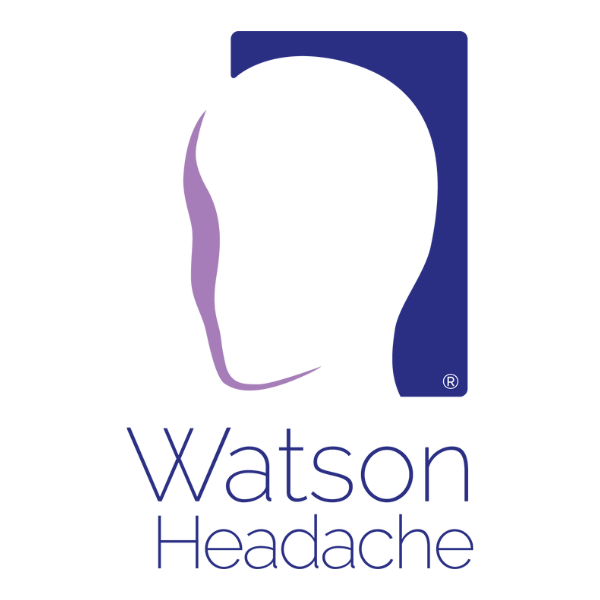I wanted to take a moment to emphasise the importance of the information I shared in my previous newsletter (Edition 1), particularly regarding the C1, C2, and C3 afferents as significant contributors to the trigeminocervical complex (TCC). Understanding the role of the TCC is crucial because it is responsible for the manifestation of cervicogenic and primary headache pain; this is fundamentally, a prerequisite for headache practitioners – you and me.
So, what exactly is the TCC?
The trigeminal nucleus, often referred to as the ‘stem,’ encompasses the spinal trigeminal tract or nucleus that extends downwards to the third spinal level. Within the spinal trigeminal nucleus, there are three main subnuclei: the oralis, interpolaris, and caudalis.
Critically, the caudalis subnucleus includes second-order neurons that relay sensory information from the peripheral nervous system to the central nervous system. These neurons not only transmit information from the trigeminal field but also from the C1 and C2 segments. Traditionally, the trigeminal system was seen as separate from the upper cervical afferents. However, we now understand that upper cervical afferents are inherently part of the trigeminal system, both structurally and physiologically. The combination of second-order neurons in the caudalis and upper cervical segments is what we refer to as the trigeminocervical complex (TCC).
Specifically, the pars caudalis, a part of the TCC, is dedicated to processing trigeminal sensory and nociceptive information, which includes pain perception. Additionally, due to the involvement of cervical afferents, it also processes cervical proprioceptive and nociceptive information.
Moreover, the TCC plays a fundamental role as a relay centre, transmitting sensory and nociceptive signals from various structures, including intracranial, orofacial, and cervical, to higher-order relays. It serves as the gateway for all information related to headache and migraine; understanding the TCC is unavoidably a fundamental component to understanding cervicogenic and primary headache conditions.
Widespread Agreement
Contemporary research demonstrates, and consequently, there is widespread agreement, that the TCC is sensitised in migraine and other primary headache conditions. However, what generates sensitisation remains (a seemingly) complex issue and not yet fully understood. Notwithstanding this, while medical research on this issue is equivocal, the medical model assumes that sensitisation occurs due to disinhibition, involving dysfunction of the descending inhibitory mechanisms…
In my next newsletter, I am going to dive deeper into this vexatious issue.
Before I Go…
Let me be a little mischievous and leave you with something to consider… headache can be classified as either primary or secondary. Primary headaches are those with an unknown underlying cause, while secondary headaches are a consequence of a recognized, accepted lesion, medical condition or process. If we acknowledge that a sensitised TCC (Trigeminocervical Complex) is the underlying disorder in primary headaches, dare I say primary headaches become secondary headaches, secondary to a sensitised TCC.
The question then becomes… what is sensitising the TCC?

